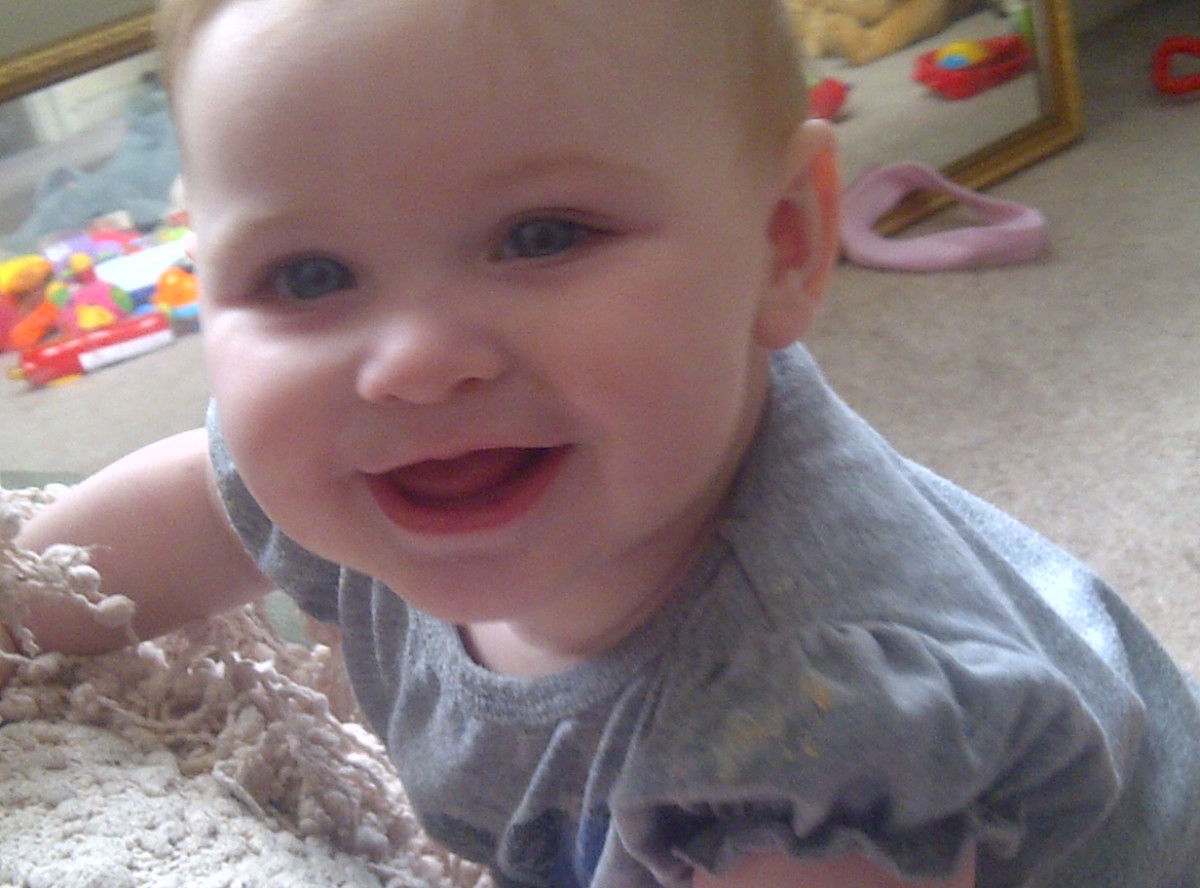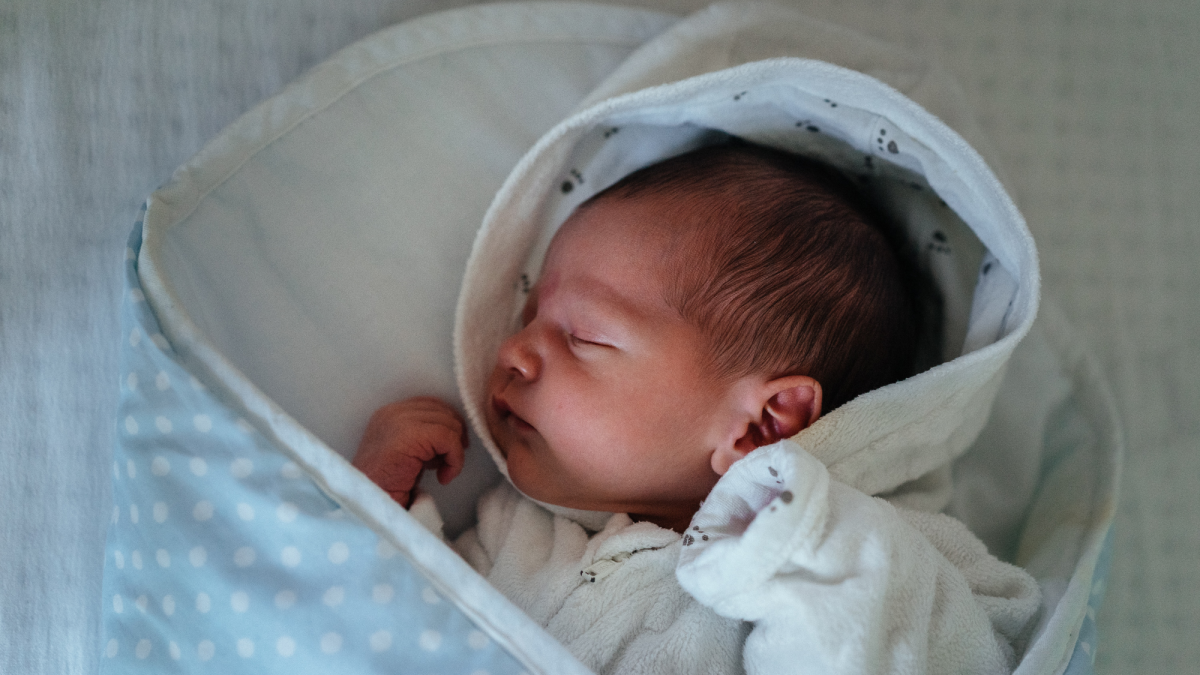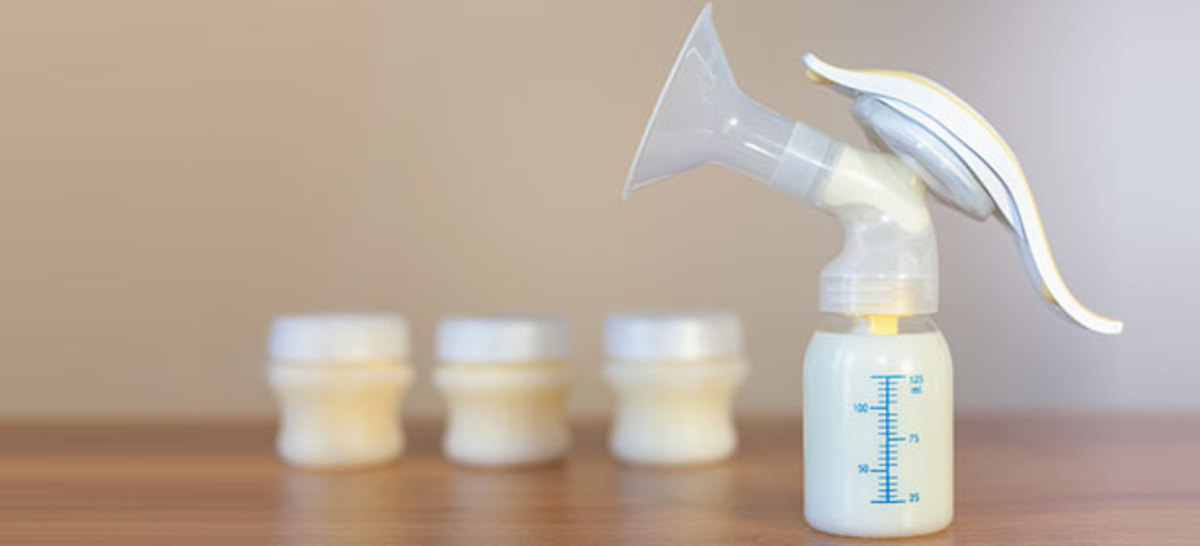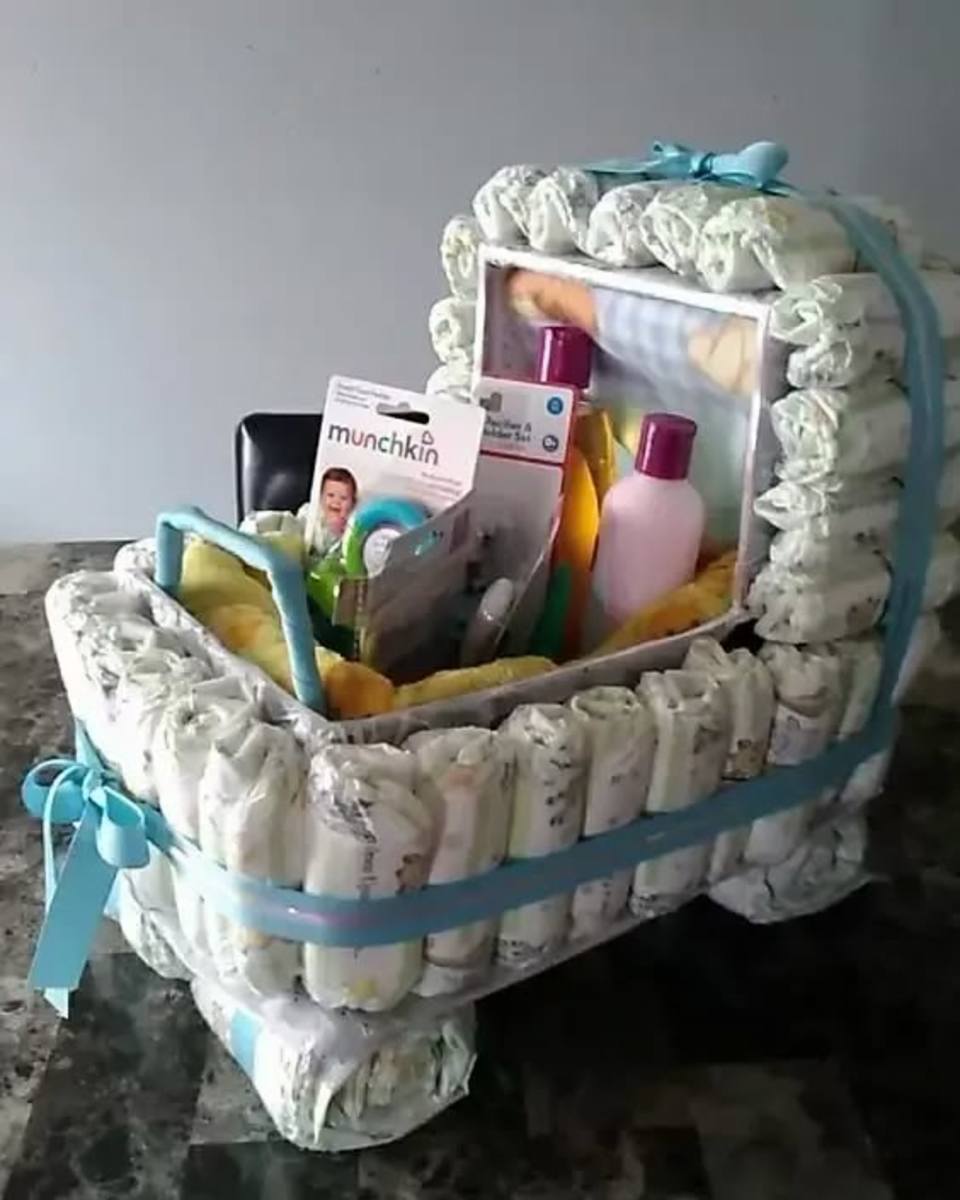Breastfeeding: What Nobody Talks About
Pumping Milk
Breastfeeding is one of the best choices you can make for both you and your baby. If you are able to breastfeed, give it a chance for as long as you can. Doctors recommend exclusive breastfeeding for the first 6 months of a baby's life, where as formula fed babies tend to start eating solid foods earlier because the formula does not satisfy their needs as much. There are many benefits to breastfeeding, many more than just simply feeding the baby.
The cost of breastfeeding varies. It can be 100% free or it can have a slight price tag, should you choose to pump. If you are able to stay home with baby and feed on demand, there is no need to pump and can lead to cost free feeding. The most expensive part of breastfeeding is usually a breast pump, check with your insurance as some plans cover the cost of a pump. Hand-pumps can range from $15 to $40, depending on the brand and accessories included. Electric pumps are more on the expensive side but they are easier and quicker to use; some models allow for pumping on both breasts at the same time and some even allow for hands-free pumping. Pumping also requires the use of storage bags or bottles. Bags tend to work the best because you can lay them flat to freeze, which allows for more space when storing. Bottles are better for short term storage, including freezing.

Nursing Covers
The most common thing you see online about breastfeeding is a woman being scolded in public to cover herself up. From personal experience with my first child, I never once had anyone say anything to me about covering up. I was prepared the entire time to have somebody tell me to because I did not use a cover, but they never did. First time mothers should purchase a nursing cover, especially if they are shy. During the beginning when you are nursing at home, you and baby both learn how to get a correct latch on the first try so once you venture outside your home and need to feed you can place the cover on and use the small space by the neck strap to look and see if baby latched right, you'll feel the pain if not. You may decide that a cover just doesn't work for you, but you should have one until you decide.
Breastfeeding is a Pain
All the articles and experts say that "If it hurts, you aren't doing it right." While that is a correct statement, breastfeeding can be painful. An improper latch can be excruciating, but is an easy fix. What they do not tell you, is that there will be pain with breastfeeding, especially if this is your first baby. Your nipples will need time to adjust to the new strain that breastfeeding places on them. Lanolin ointment can help with dry, cracked nipples the same way that petroleum jelly helps with chapped lips. One of the best, and rather cheap, products you can use to ease the pain of adjusting to breastfeeding are lanolin gel pads by Lansinoh. They are reusable and can be rinsed off in the sink. If your nipples are sore, place them in the fridge for about 10 or 15 minutes before use. The cold will ease the pain and the lanolin in the pad will help heal your chapped and cracked nipples.
Should nursing become too stressful on your nipples and you have already tried several methods to attempt to heal them and ease the pain, nipple shields may be beneficial. They look sort of like bottle nipples that you place directly over your nipples to nurse which keep your nipple from getting the direct suction and moisture of your baby's mouth. You can also use nipple guards in your bra to keep your nipples from rubbing on the material, which can cause chaffing and add to your pain. They are inexpensive and reusable, some are dishwasher safe, just be sure to check the care instructions beforehand.
Mastitis is something you should be on the lookout for that is not mentioned very often when discussions of breastfeeding come up. Mastitis is when a milk duct gets clogged and the milk sets there aging or when bacteria enters the breast through one of the openings on nipple. The first symptom of mastitis is a hard, sore patch on your breast. The patch may be red and swollen. If progressed far enough, mastitis can cause fever and flu-like symptoms. Should you notice a hard spot on your breast, try taking a warm/hot shower and hand expressing the milk from around that area, massaging the spot. Next, try pumping on the affected breast, using your hand to apply extra pressure or massage the spot with the clogged duct. If you are able to unclog the duct, dump the milk as it could have bacteria. If you develop fever or flu-like symptoms, go the doctor right away and they will probably prescribe you an antibiotic but be sure to inform them that you are breastfeeding and require a medication that will allow you to continue nursing.
Mastitis
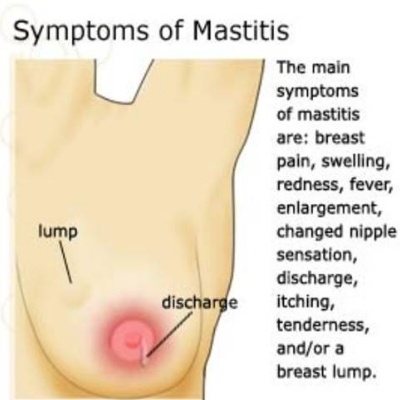
Leaks Do Happen
They say that even if your baby isn't around that your breasts will "let down" if you hear another baby crying. I did not experience this. However, that does not mean that other women have not. Nursing bras are those, usually beige or other skin tones, bras that have clips on the straps that allow you to move the breast coverage to feed when needed. Some nursing bras have built in padding that absorb milk leaks, others have a pocket to place a nursing pad that can be removed and washed separately, and some don't have anything at all so you have to buy your own pads. Nursing pads are essential. Pumping on one side while the baby nurses on the other is easy when you are in a private location. When you do not have that luxury, your opposite breast will leak when the baby nurses. There are options of disposable and reusable when it comes to nursing pads. The disposable are made of diaper like material that wicks the moisture up and turns to a gel; reusable pads are made of cloth and can be tossed in the washing machine when needed.
Another option you can use to catch leaks are breast shells. They look like a plastic nursing pad with a hole for your nipple and air holes to reduce suction. Simply slip one into the side of your bra that you are not currently nursing or pumping on and it catches the leaks to be added to a storage bag or bottle. Some women that have returned to work even wear them on both breasts while working and add the captured leaks to the milk they pump on their breaks.
5 Tips for New Moms
Your Right to Nurse
One thing that many women who return to the work force while nursing do not fully know is their rights as a breastfeeding mother. No matter where you work, in the United States at least, your employer is legally required to give you a quiet, private place to pump other than a restroom, a place to store your milk, and allow you to pump every time you need to. Some states have their own laws pertaining to breastfeeding in public as well. Missouri, for example, used to say that nursing women were to "use as much discretion as possible" while in public but the state law has changed to allow breastfeeding women to nurse how and when they choose. If you are unsure of your state's laws be sure to look them up and even bookmark the page on your phone browser that way if somebody does decide to tell you what to do you are prepared and know your rights.

